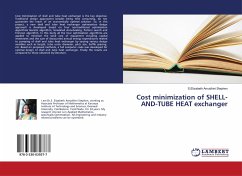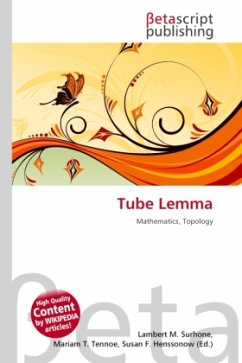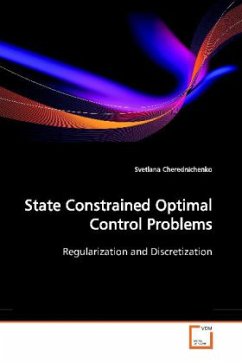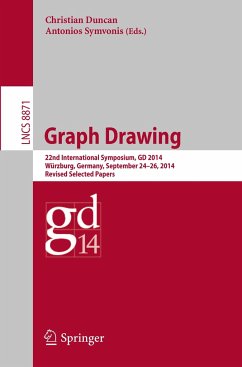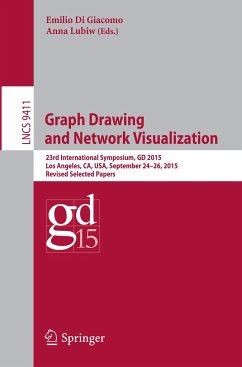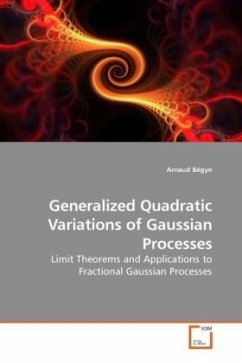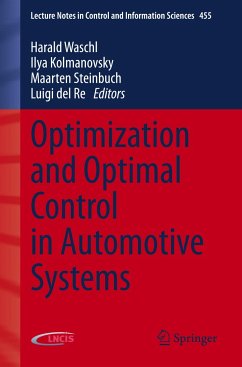
Optimal Control of Tube Drawing Processes
Theory, Algorithms, and Numerics
Versandkostenfrei!
Versandfertig in 6-10 Tagen
39,99 €
inkl. MwSt.

PAYBACK Punkte
20 °P sammeln!
This study deals with the optimal control problems of the glass tube drawing processes where the aim is to control the cross-sectional area (circular) of the tube by using the adjoint variable approach. The process of tube drawing is modeled by four coupled nonlinear partial differential equations. These equations are derived by the axisymmetric Stokes equations and the energy equation by using the approach based on asymptotic expansions with inverse aspect ratio as small parameter. Existence and uniqueness of the solutions of stationary isothermal model is also proved. By defining the cost fu...
This study deals with the optimal control problems of the glass tube drawing processes where the aim is to control the cross-sectional area (circular) of the tube by using the adjoint variable approach. The process of tube drawing is modeled by four coupled nonlinear partial differential equations. These equations are derived by the axisymmetric Stokes equations and the energy equation by using the approach based on asymptotic expansions with inverse aspect ratio as small parameter. Existence and uniqueness of the solutions of stationary isothermal model is also proved. By defining the cost functional, we formulated the optimal control problem. Then Lagrange functional associated with minimization problem is introduced and the first and the second order optimality conditions are derived. We also proved the existence and uniqueness of the solutions of the stationary isothermal model. We implemented the optimization algorithms based on the steepest descent, nonlinear conjugate gradient, BFGS, and Newton approaches. In the Newton method, CG iterations are introduced to solve the Newton equation. Numerical results are obtained for two different cases.



